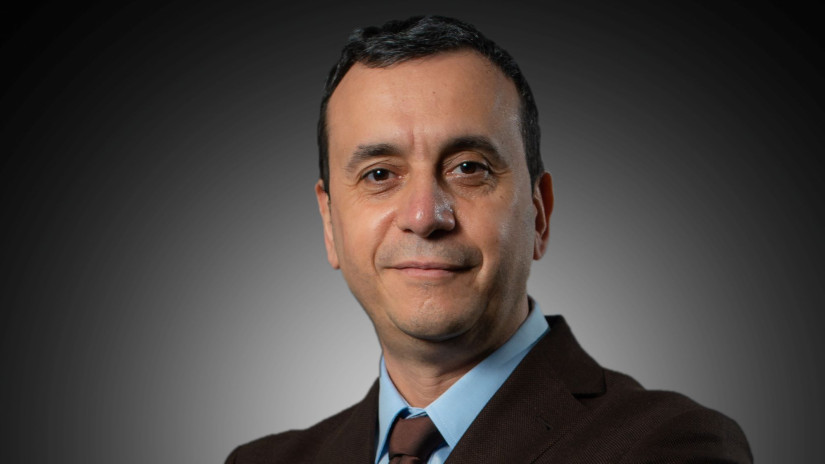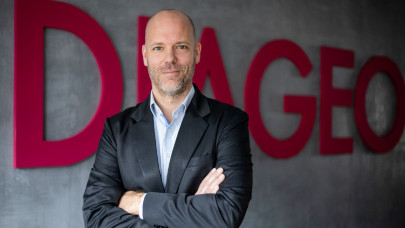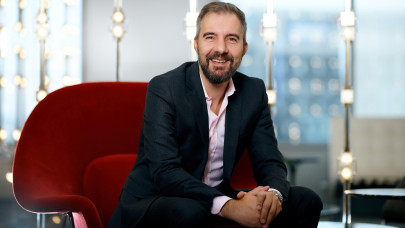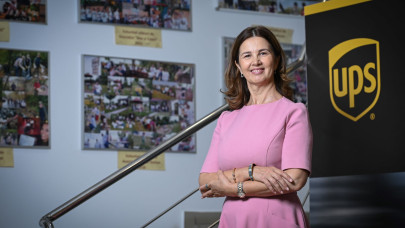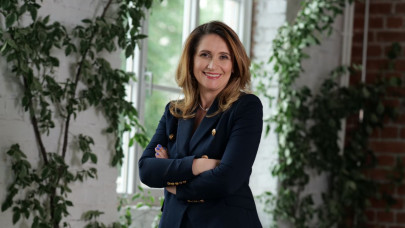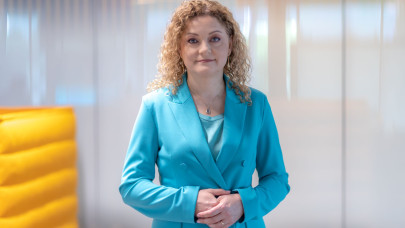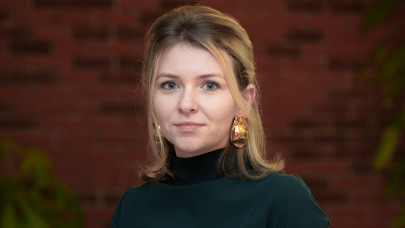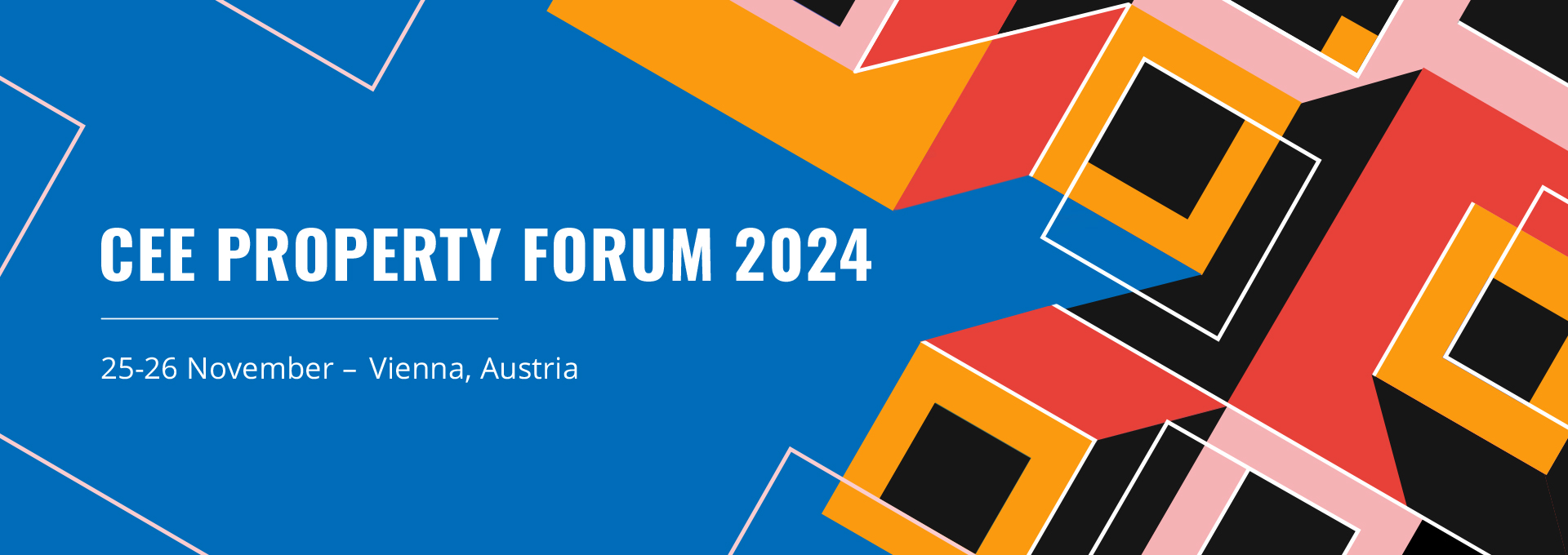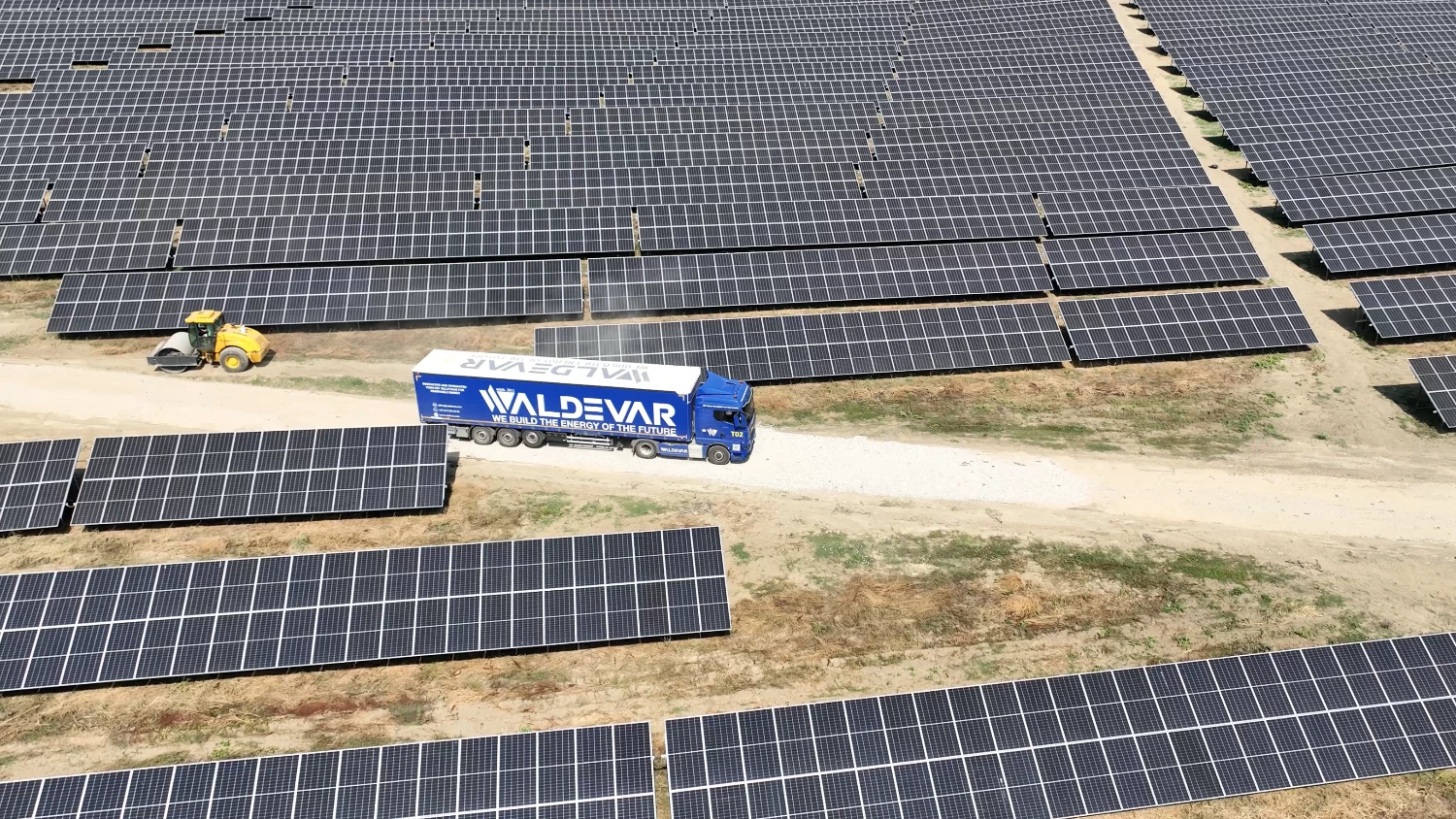What are the factors influencing an investment in a sustainable building?
The factors influencing an investment in a sustainable building are primarily related to the impact that the construction of that building will have on the environment, both during and after its construction. Despite the higher costs associated with sustainable constructions compared to traditional ones, many developers of offices, commercial spaces, and shops choose to build sustainably to position themselves in the sustainable construction segment. They display corresponding prices since sustainable products are considered premium in the Romanian market. Another factor that might influence a developer to choose sustainable construction is government regulations concerning sustainable construction if they exist in the market, as well as market demand for such buildings and long-term cost savings. Another component is promotion and corporate social responsibility (CSR). Messages related to the building being "environmentally friendly" are impactful marketing and PR messages that can ultimately lead to sales and profit.
How much has the number of sustainable office buildings, shops, and commercial centers in Romania increased recently?
Unfortunately, the dedicated segment for sustainable constructions in Romania is not well-defined, especially since it seems to be a nascent market. Considering our modest history in this area, we can say that the number of sustainable office buildings, shops, and commercial centers in Romania has indeed experienced a significant increase in recent years, as awareness about the need for sustainable buildings has grown. This trend will likely continue, especially as all aspects of our lives adapt to it. The growth compared to the previous year probably exceeds 20%, but we don't anticipate very high numbers due to external factors such as war, inflation, energy crises, and internal factors like potential tax and fee changes that will impact this sector in 2023.
In your opinion, what are the advantages of a sustainable building?
The advantages of a sustainable building can be represented by the reduction of negative impact on the environment, significant savings in energy and water consumption, improved indoor air quality, increased long-term property value, and creation of a positive company image in terms of social responsibility and sustainability branding.
How does Romania compare to other countries in the region regarding environmentally friendly constructions?
Romania is continually improving its position regarding environmentally friendly constructions. However, compared to Western European countries, Romania is still far from being a role model in this aspect. Interestingly, in the areas of offices and retail construction, things are evolving much faster. This is possible because developers or brands constructing in Romania implement their international sustainability policies. Of course, there are many opportunities in our country for further development to approach the practices of regional leaders, especially in the residential construction sector.
How long does it take for an investment in a sustainable building to pay off?
The payback time for an investment in a sustainable building varies depending on several factors, such as cost savings generated by energy efficiency, material durability, and optimal resource use. Generally, the investment pays off over the medium to long term because, as mentioned, the costs associated with such constructions are higher since they are considered premium constructions, and the investment is inherently larger.
What is the price difference between a sustainable office/shop/commercial center and a regular one?
The price difference between a sustainable office/shop/commercial center and a regular one can vary significantly, depending on the project and specific characteristics of the building. However, initial costs can be higher for sustainable buildings, but subsequent energy and maintenance savings can compensate for this in the long term. In terms of percentages, a sustainable building, regardless of its purpose, can be 15-20% more expensive than a regular one, and the reasons for this difference are outlined above.
What challenges do you face when constructing sustainable buildings? How much will Romanian legislation help you?
Challenges related to constructing sustainable buildings include selecting sustainable materials, integrating energy-efficient technologies, obtaining sustainability certifications, as well as raising awareness and educating all involved parties. Romanian legislation that supports sustainable constructions can play a significant role in facilitating these aspects, although it's not well-established or known enough to truly support builders. Sustainability and the potential laws enforcing it in the market are still concepts more often used in discourse and promotional campaigns rather than in practice on the ground. Much emphasis has been placed on building energy performance, and photovoltaic panels, but these aspects are the extent of the average Romanian's knowledge and often even that of developers.
How would you summarize the company's ESG strategy?
In 15 years of activity, Terano Construct has developed horizontally, trying to overcome each level of its healthy development in such a way as not to burn the organic stages of the development of a business. Of course, we have adapted our services to the market, and at the moment we are following the international trend so our company now also focuses on commitment to the environment (Environmental), social responsibility (Social), and good governance (Governance). We strive to develop sustainable buildings that reduce the impact on the environment, improve the lives of communities, and promote high standards of ethics and transparency in all operational aspects, but we do not always succeed 100 percent because there are also developers who still choose to build traditionally because they they are afraid of the higher costs that a sustainable building attracts and implicitly they fear that the said building will be more difficult to sell.

